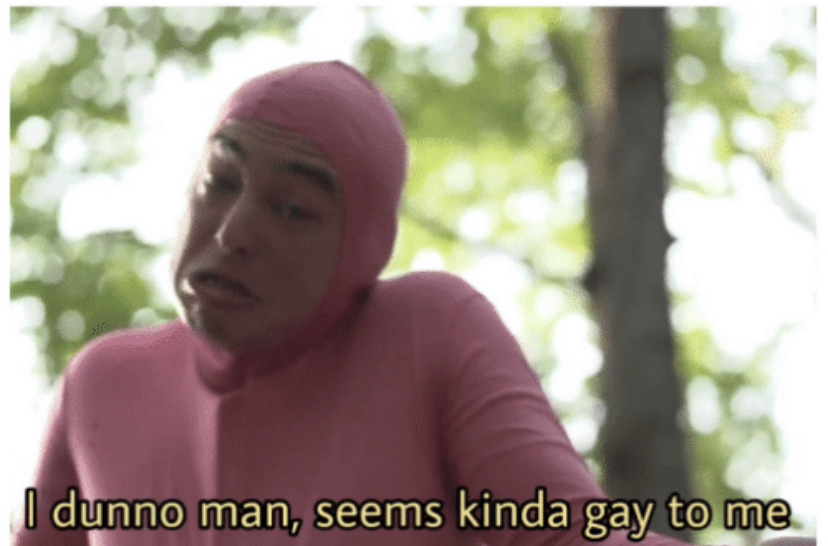#they knew
“The future ain’t what it used to be.”
-Yogi Berra
- 4 Posts
- 452 Comments

 51·3 days ago
51·3 days agoI’ve been trying o1 preview for a few weeks.
Wowza what a clownshow. Can I please just have 3.5 without guardrails?

 61·3 days ago
61·3 days agoYou just get started. Its part of the reason I’ve always preferred either forums or fark/ digg/ reddit/ lemmy style conversations.
Also, writing is a skill. You get better at it with time. Its like how a TV show host can just ‘riff’ on a topic. I think responding to comments has definitely improved my ability to write in particular style (engaging/ proactive/ enthusiastic, whatever.).
It also helps to be familiar with markdown, as good formatting makes the writing more satisfying.

 1·4 days ago
1·4 days agoGood suggestion. Will try. Any idea how to profile which plug-in?

 131·7 days ago
131·7 days agoit’s like failing a catchpa.
They determine you are no longer you and you have to just start a new identity from scratch.

 101·8 days ago
101·8 days agoNormal departed permanently after we a stolen election in the year 2000.
my life is spyroing out of contol

 51·25 days ago
51·25 days agoDepends on a couple things. 90’s then or what we think of the 90’s now?
Also, first half or second half. Because basically, the internet. The internet really wasn’t a thing in peoples homes for the first half of the 90’s. That became a thing starting around 95, and became pretty much ubiquitous by the year 2000.
The early 90’s were basically the 80s. The later half was like, grunge, pop-punk, early internet.
I think if you stick to one glass on a weekday, should be fine.

 1·1 month ago
1·1 month agoWEIIIIIILLL AaAAAHHLWWWAYS love EUGHYOUUUUUU
memememe
memememememememememememememe
also known as thermobaric liberalism.
need memes as a whole explained
I think we could all use a good refresher. Also, why do the neighbors on the left now have to leave through the back gate to Egypt and still report their comings and going to the neighbors on the right?

 35·1 month ago
35·1 month agoMonarchists didn’t really support Capitalism
Tell that to literally any monarchy in history.
Communists
Did I say communist? Did I stutter?






One of my cats’ name is Mr. 305